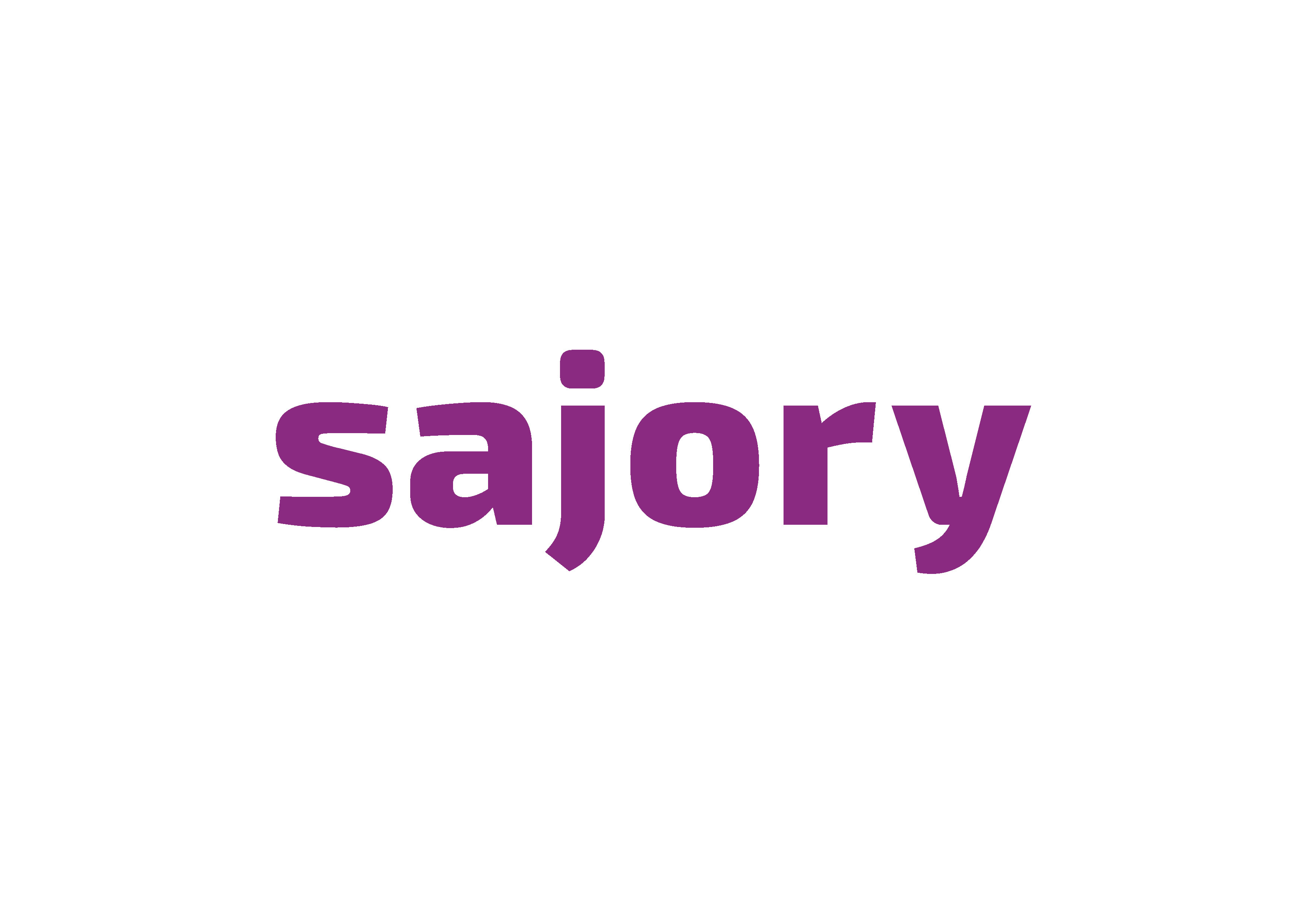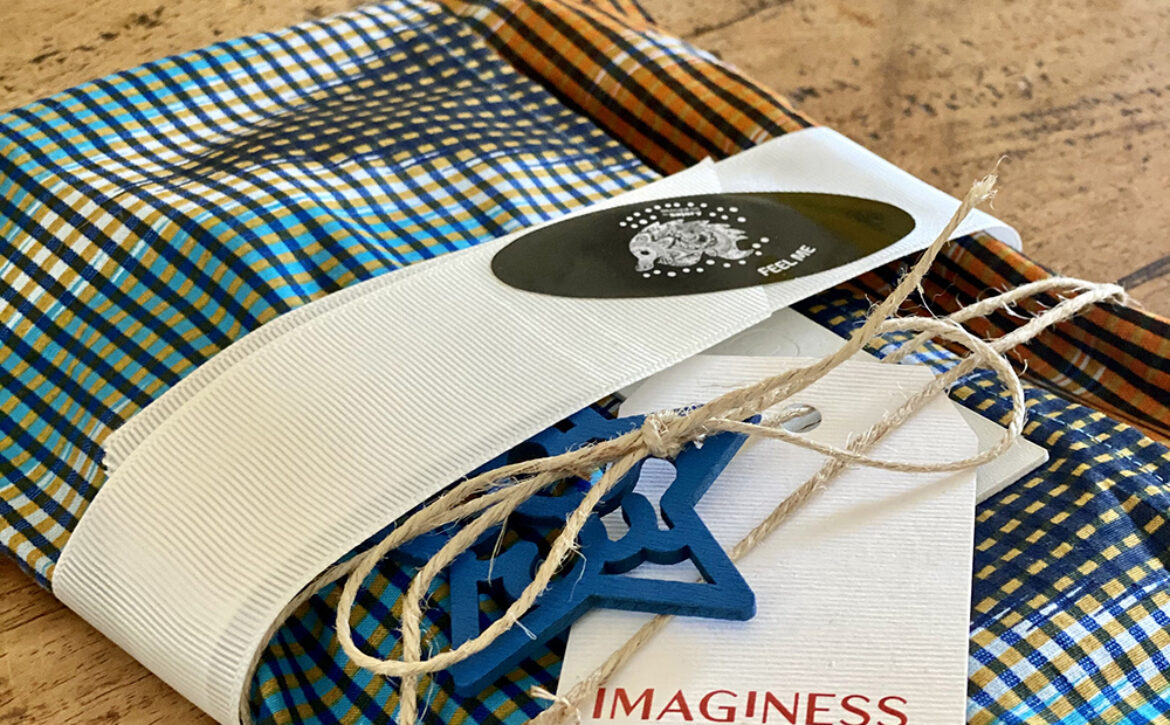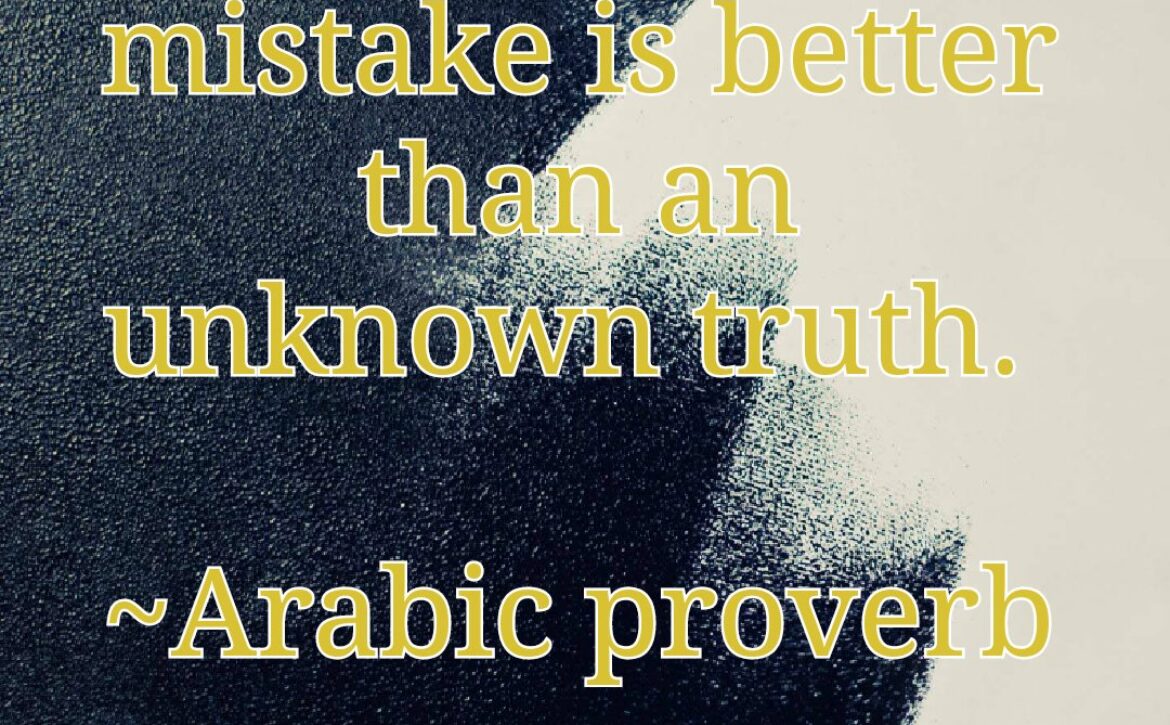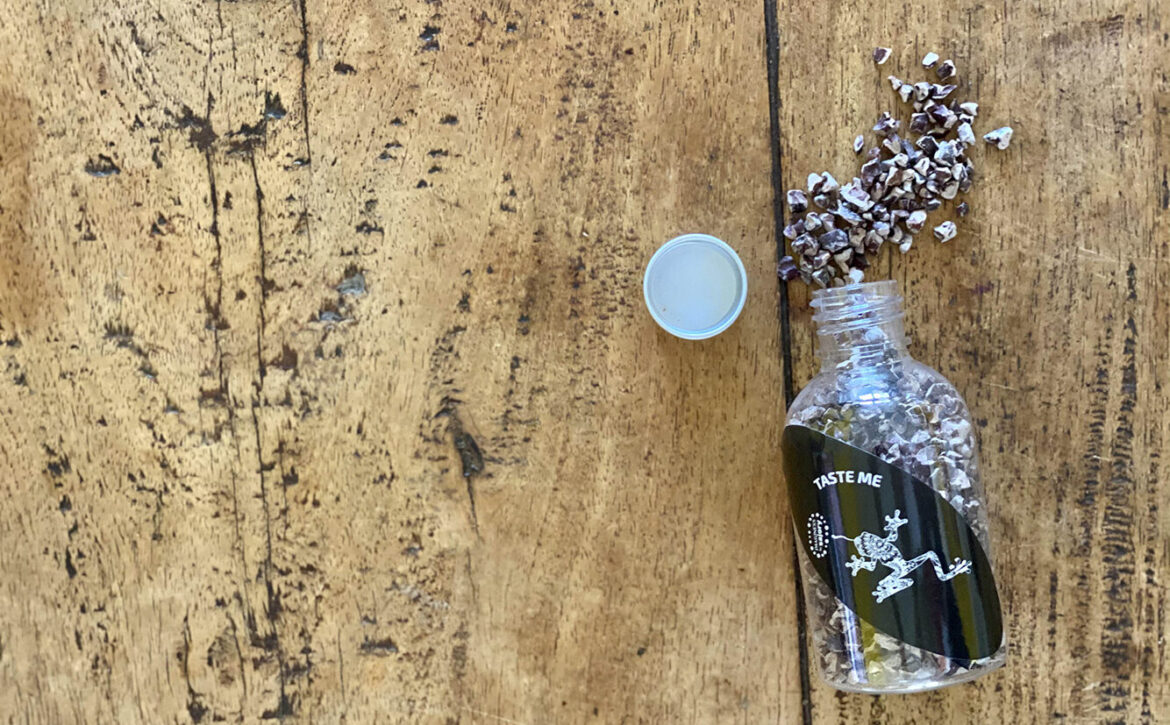decisions. decisions.
Everyday you get to make new decisions.
You get to choose whether yesterday’s – or last year’s – decision is still valid for the time being and can be used given all the new insights you have.
We hold on too close for past decisions that don’t serve us anymore.
We grow and we flourish and yet some of our decisions don’t grow with us.
You have the right, and the responsibility, to tell your former self you made the best decision at that time. Thank you. But now I know better and I need to change. It doesn’t matter how much time or money we spent on this, we paid for learning.
The hardest ones are the emotional things that keep us from doing things our way, in today’s world. So don’t cover your eyes because your heart is aching. You’re actually being kind to it by letting all these non-needed decisions go.




